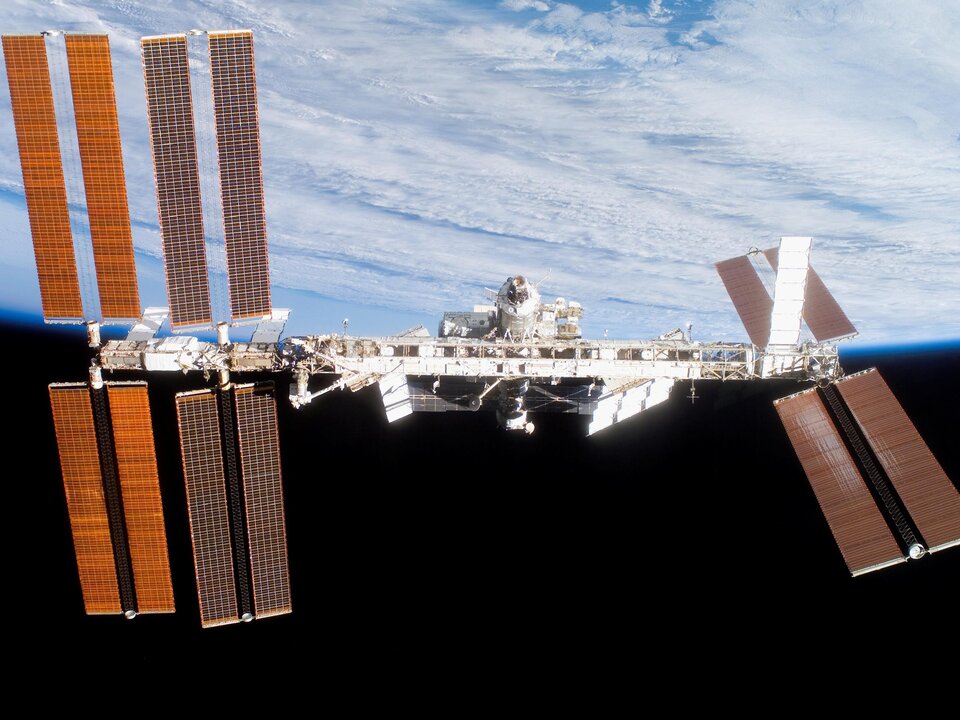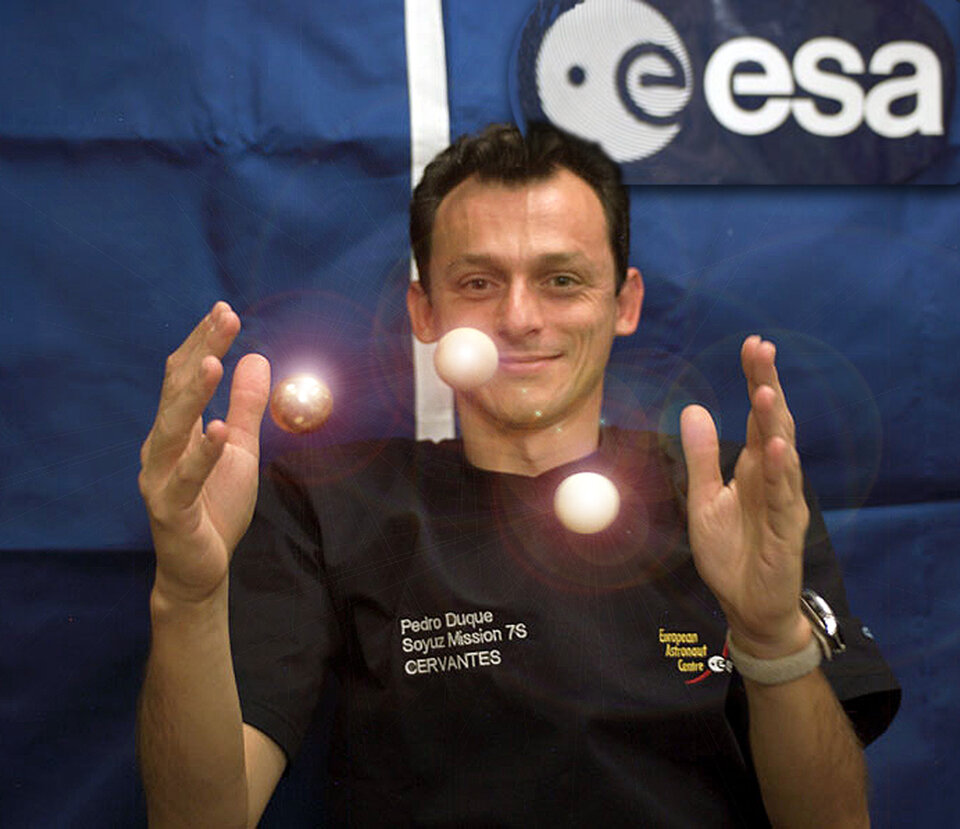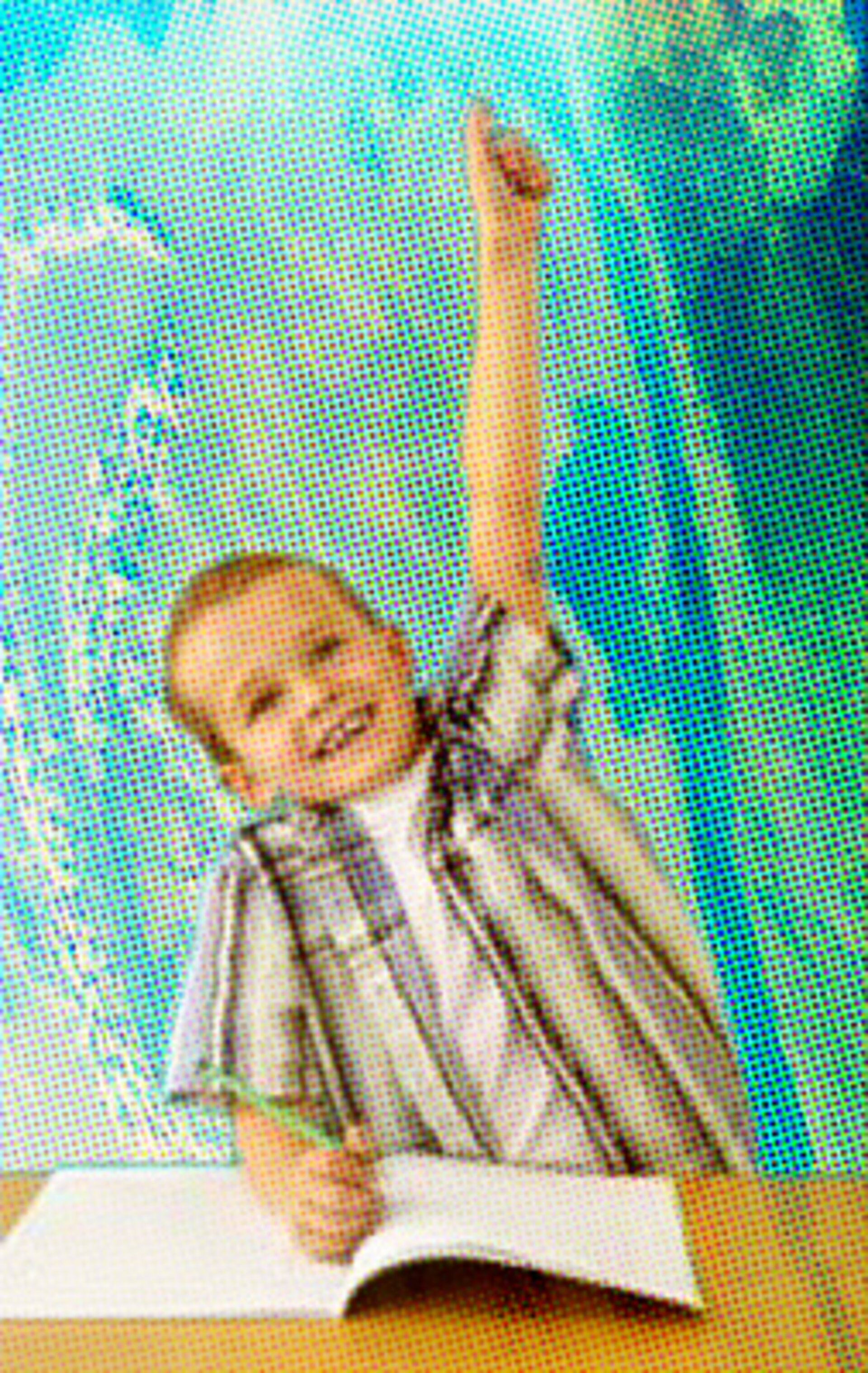Take your classroom into space
With Europe's Columbus laboratory safely attached to the International Space Station, this is a good time to come up with new ideas for experiments that can be carried out onboard the station to demonstrate the effects of weightlessness to young students.
The International Space Station (ISS), the largest international space project of all time, orbits the Earth at an altitude of 400 km where the effects of the Earth’s gravitational field are effectively removed. This provides a unique location in which to carry out experiments in a weightless environment.
ESA invites European educators to come up with ideas that use this unique aspect of the ISS to illustrate to students the effects of weightlessness. Participation is open to primary and secondary school teachers, and to educators such as those involved in science education at a museum, a teacher training college or an educational organisation.
Call for Education Ideas

Proposals should be written in English and describe a scientific demonstration that behaves differently in the weightless environment of the ISS than on Earth. Entries should clearly identify the objectives, the expected results and the materials required to carry out the experiment, and should be designed for either primary or secondary level students.
To participate in the Call for Education Ideas entries should be submitted in English using the downloadable application form (linked on the right) and arrive at ESA by 30 May 2008. ESA regrets that entries can only be accepted from participants who are a national of one or more ESA Member State, i.e. Austria, Belgium, Denmark, Finland, France, Germany, Greece, Ireland, Italy, Luxembourg, the Netherlands, Norway, Portugal, Spain, Sweden, Switzerland and the United Kingdom.
Prize for best proposals
A team of ESA experts will select the 20 best proposals and the top ten entries will be announced on this website on 16 June 2008. Each of the ten will receive €500, a package of ESA education material and a kit to make a scale model of the ISS. In recognition of their effort, the ten runners up will also be sent a scale model ISS kit.
Selection criteria

In July work will commence on preparing some of the best experiments for flight to the ISS where an ESA astronaut will carry out the experiments. Students across Europe will be given a unique opportunity to witness the 'classroom in space', and hopefully to perform simultaneously the experiment in their own classroom.
Proposals will be assessed using the following criteria:
relevance to weightlessness: the experiment should be a powerful illustration of the nature or effect of weightlessness
relevance to the curriculum: the topic should be relevant to the school curriculum
interdisciplinary: topics that relate to more than one discipline will be an asset
originality: proposals should show an original and novel approach to teaching
- technical implementation: delivery to the ISS imposes limitations on mass and weight (no more than 2 kg) and it must be technically possible to carry out the experiment onboard the ISS
In addition, preference will be given to experiments that can be performed both onboard the ISS and in the classroom, as this is a very successful way to illustrate the effect of weightlessness. More ideas on the type of proposal ESA is looking for can be found in the links to previous educational experiments carried out with ESA’s contribution onboard the ISS (see related articles on the right).
For further information on this Call for Education Ideas please contact: isseducationteam @ esa.int




